AMD A8-3870K – Llano easy overclocking
The Results
If the processor does not have any special tests surprises. Overclocking leads to a 12-19% increase in productivity or an average 15.5%, overall not a bad efficiency, but generally not very impressive result. Overclocking through bus speed is not very different, but it seems faster memory has nothing to give – in rare cases can get to 6% growth, but overall the benefit is about 2%, except for OpenGL test in Cinebench – in this case growth is a massive 18%, even more than just a growth factor in overclocking. This unfortunately shows that my concern that the graphics core is limited from memory after overclocking are true, which is confirmed by the gaming tests.
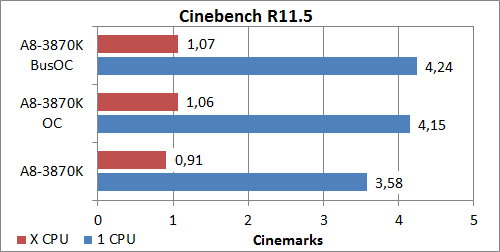
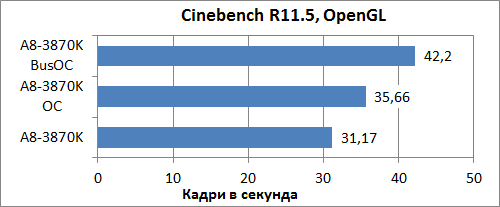

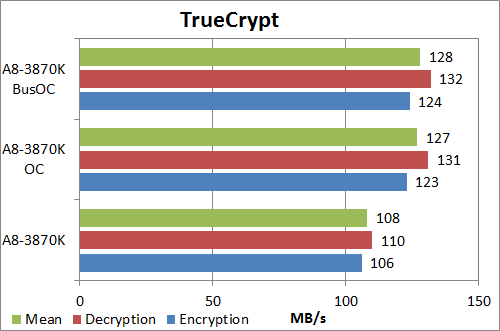

In gaming, overclocking with multipliers leads to a relatively small growth compared to 50 % increase in clock frequency – 8 to 25%, and it seems that Crysis 2 is the most limited from memory game. At the same time the growth of bus overclocking that increases memory bandwidth is even more effective as an additional growth is about 14% to almost 30% overall! Cumulative effect in this case is close to 50%, ranging between 34% and 43%, but still far from the maximum possible. This means that even DDR3 memory with 2160 MT/s with relatively aggressive timings still restricts the fastest integrated graphics core! Frankly it dosn’t make me particularly optimistic about future Trinity processors, which seems to be limited to 2133 MT/s memory.
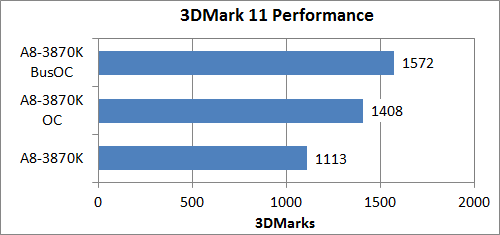
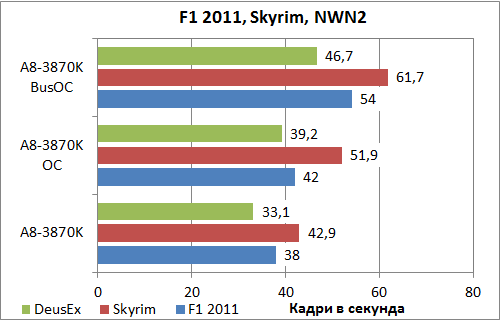
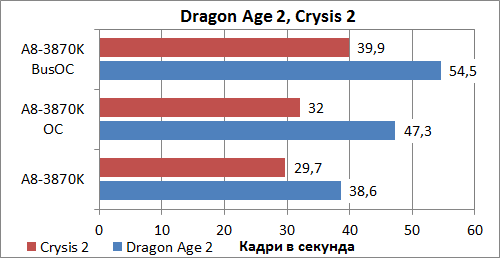
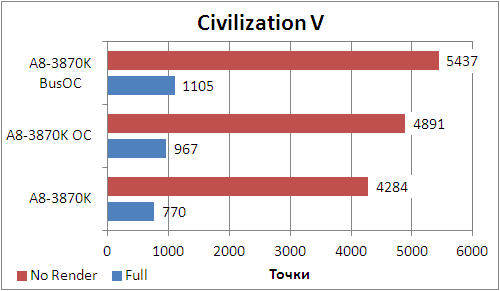
Yet the results are very satisfactory, as all games after overclocking achieve speed well above 30 fps, in some cases have even nearing 60 fps. All this shows how good is the gaming performance of Llano.

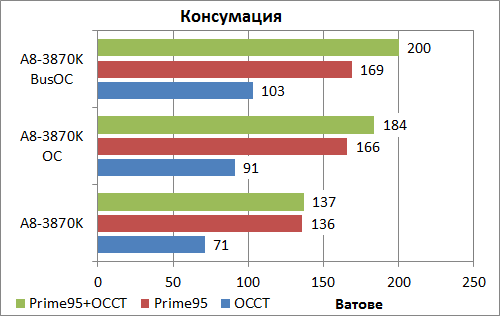
Power consumption is good. Overclocking, naturally, leads to increased consumption, but within relatively reasonable limits. There is no difference for the both methods of overclocking for the CPU cores, but bus overclocking leads to higher consumption of the graphics, which again suggests that it needs faster memory to be used effectively.
No comments yet.